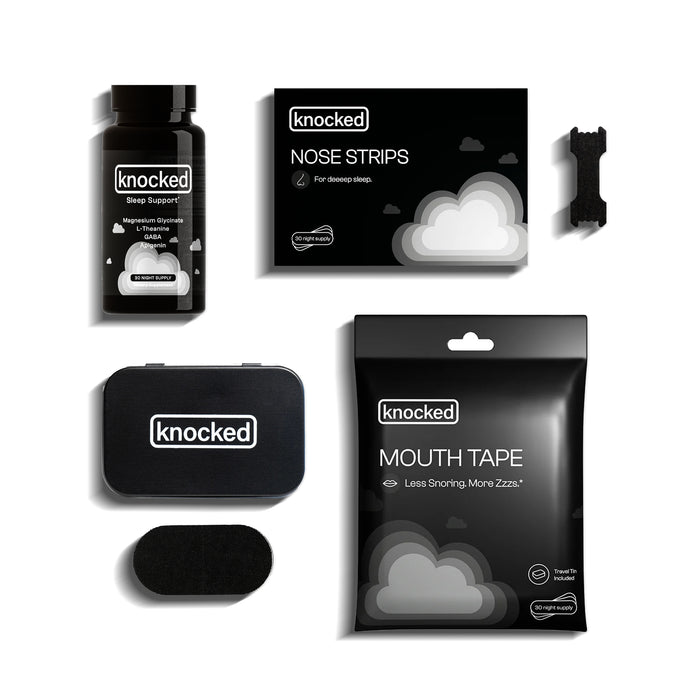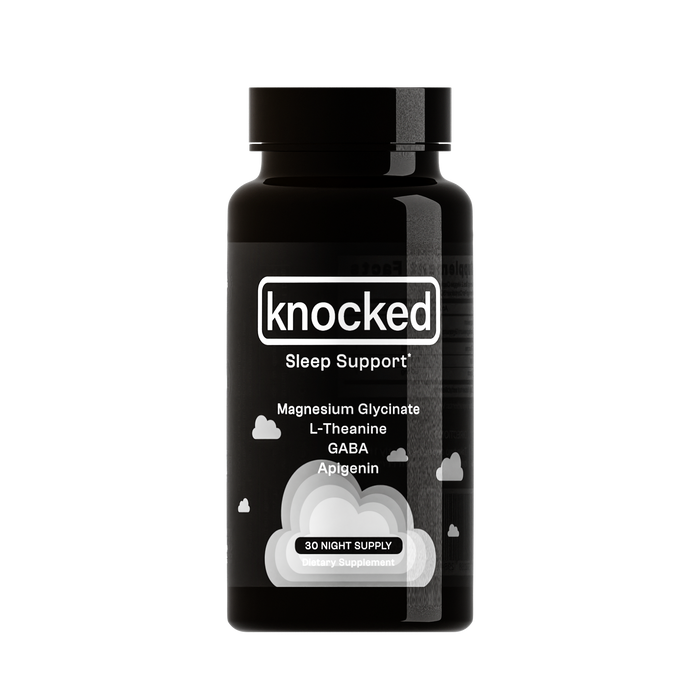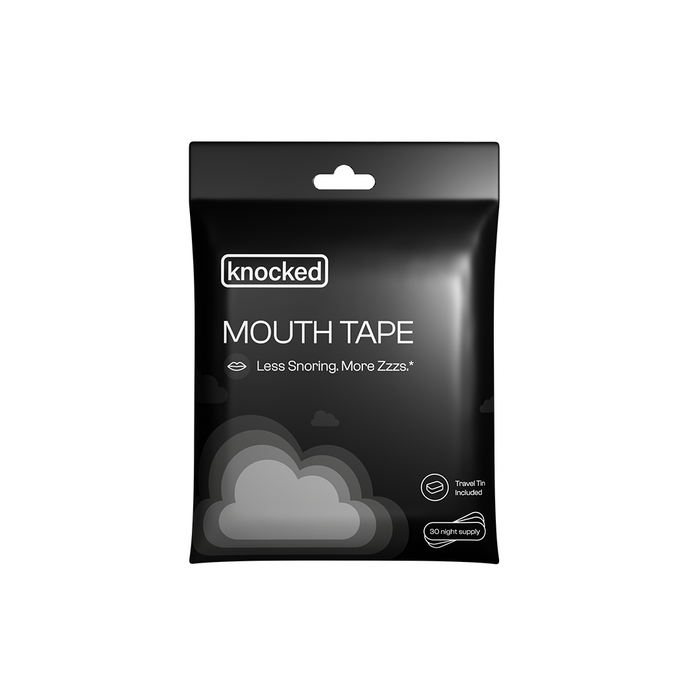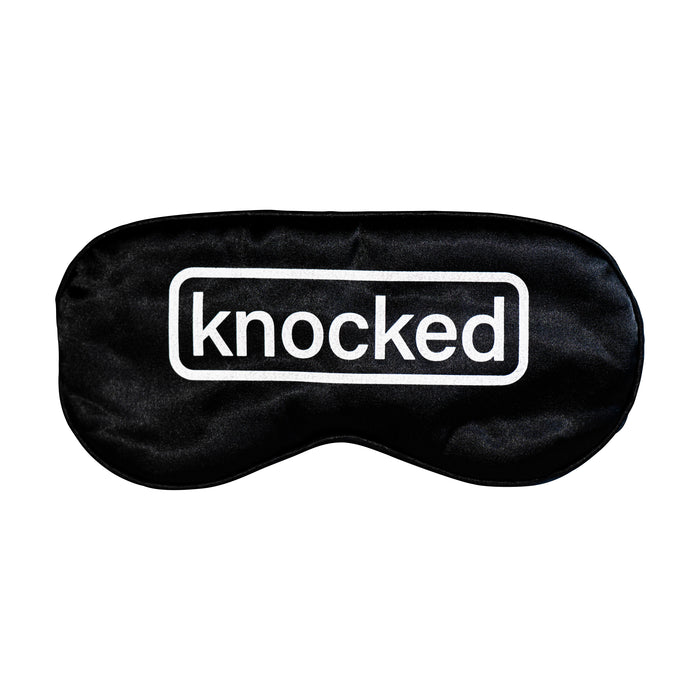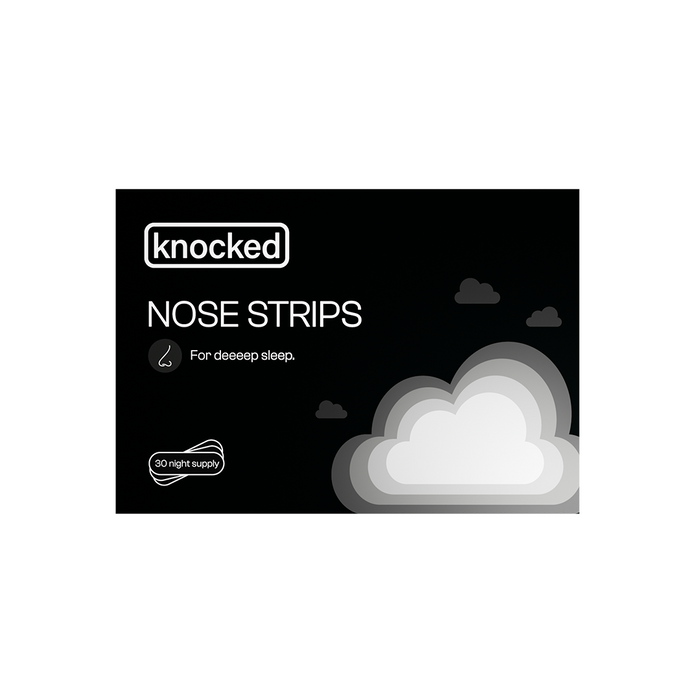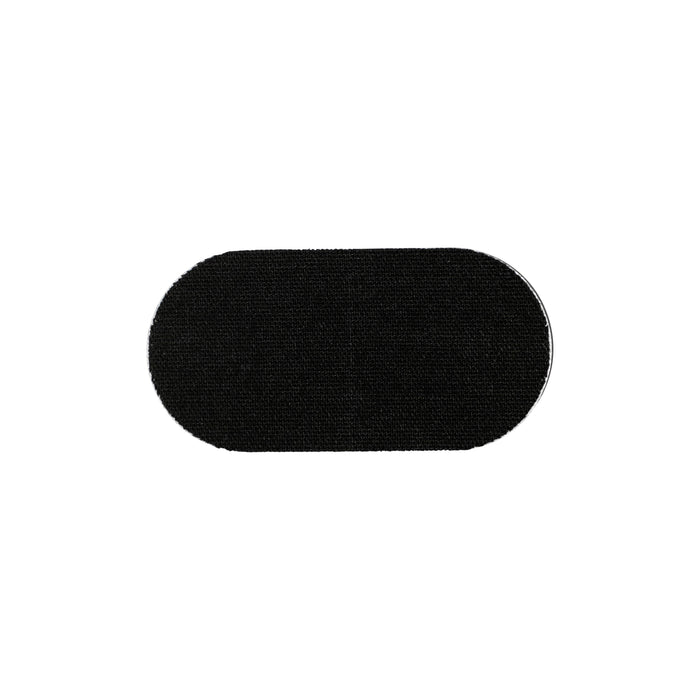

5 Key Benefits of Using Mouth Tape for Better Sleep
Mouth taping is a simple yet effective technique that promotes nasal breathing during sleep, resulting in a range of health benefits. By placing a specially designed hypoallergenic tape over the mouth before bedtime, users can experience improved sleep quality and overall well-being. In this article, we'll explore the five key benefits of using mouth tape for better sleep.
-
Improved Oxygenation: Nasal breathing is more efficient at delivering oxygen to the body than mouth breathing. The smaller diameter of the nasal passages creates more resistance to airflow, which in turn increases the air pressure within the lungs, leading to improved oxygen exchange (1). Mouth tape encourages nasal breathing during sleep, ensuring that the body receives the oxygen it needs for optimal functioning.
-
Reduced Snoring and Sleep Apnea Symptoms: Mouth breathing is a common contributor to snoring and sleep apnea, as it can cause the airway to narrow or collapse (2). By promoting nasal breathing, mouth tape can help alleviate these symptoms, leading to a more restful and uninterrupted night's sleep. A study published in the journal Chest found that switching from mouth to nasal breathing reduced the number of apnea and hypopnea events in individuals with mild to moderate sleep apnea (3).
-
Enhanced Relaxation: Nasal breathing activates the parasympathetic nervous system, which is responsible for the body's relaxation and recovery processes (4). By using mouth tape to encourage nasal breathing during sleep, users can experience a greater sense of relaxation and more easily transition into a deep sleep state.
-
Better Oral Health: Mouth breathing can lead to dry mouth, which increases the risk of tooth decay, gum disease, and bad breath. By keeping the mouth closed during sleep, mouth tape helps maintain a moist oral environment, supporting better oral health (5).
- More Restorative Sleep: Mouth taping promotes nasal breathing, which has been associated with better sleep quality. A study published in the International Journal of Pediatric Otorhinolaryngology showed that children who practiced nasal breathing experienced fewer sleep disturbances and improved overall sleep quality (6). This suggests that mouth tape could help users achieve more restorative sleep.
Sources:
-
Lundberg, J. O. N., Weitzberg, E., & Gladwin, M. T. (2008). The Nitrate-Nitrite-Nitric Oxide Pathway in Physiology and Therapeutics. Nature Reviews Drug Discovery, 7(2), 156–167. https://doi.org/10.1038/nrd2466
-
Fitzpatrick, M. F., McLean, H., Urton, A. M., Tan, A., O'Donnell, D., & Driver, H. S. (2003). Effect of Nasal or Oral Breathing Route on Upper Airway Resistance during Sleep. European Respiratory Journal, 22(5), 827–832. https://doi.org/10.1183/09031936.03.00047903
-
O'Connor, C., Thornley, K. S., & Hanly, P. J. (2000). Gender Differences in the Polysomnographic Features of Obstructive Sleep Apnea. American Journal of Respiratory and Critical Care Medicine, 161(5), 1465–1472. https://doi.org/10.1164/ajrccm.161.5.9904121
-
Russo, M. A., Santarelli, D. M., & O'Rourke, D. (2017). The physiological effects of slow breathing in the healthy human. Breathe, 13(4), 298–309. https://doi.org/10.1183/20734735.009817
-
Gaffen, S. L., & Hajishengallis, G. (2008). A New Inflammatory Cytokine on the Block: Re-thinking Periodontal Disease and the Th1/Th2 Paradigm in the Context of Th17 Cells and IL-17. Journal of Dental Research, 87(9), 817–828. https://doi.org/10.1177/154405910808700908
-
Hultcrantz, E., & Löfstrand-Tideström, B. (2009). The development of sleep disordered breathing from 4 to 12 years and dental arch morphology. International Journal of Pediatric Otorhinolaryngology, 73(9), 1234–1241. https://doi.org/10.1016/j.ijporl.2009.05.008
